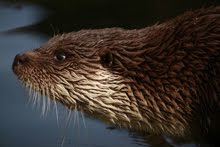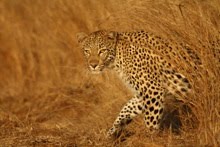And recently I have started to write a little bit about them again...
In my regular fortnightly blog post on 10,000 Birds, I started with an article that looked at relationships between individuals in a macaw society. Essentially, it seems that while sexually mature macaws form regular male-female pair bonds, there is a tendency for younger macaws to form other types of relationships in that young males often form very strong male-male pairs (think Fred and George Weasley) whilst young females spend much of their time in loose flock associations. This seems to be the logical (well, if you are a macaw, that is) result of how hierarchies and aggression works in macaw societies. See the full 10,000 Birds Scarlet Macaw article here.
I then wrote a blog post in my regular Sunday slot at bindingblogs.com about individual personalities of the various macaws I was working with. Not surprisingly, each macaw is different and this is no less noticeable in the wild than in captivity. The longer I spent with the macaws, the quicker I was able to get a feel for who they were, what they were like and all sorts of fascinating "personality" insights. Fascinating creatures. See the full birdingblogs.com macaw personality article here.
This last Tuesday I published another article on 10,000 Birds looking at community conservation and how going in to a new area with a self-righteous know-it-all attitude (even if one does know better or thinks one does) is more likely to harm conservation efforts than help them. I reflect on my experiences with the beautiful people of southern Costa Rica and how they opened their hearts to the Scarlet Macaws and conservation. Mind you, not because we tried to "educate them" or show them what was important, but because we interacted with them as equals and friends, and showed our interest in them. This interest, joy and wonder rubbed off and created the space for people to reflect this themselves, in their daily lives. The article was first published in PsittaScene Magazine (of the World Parrot Trust) and you can read the full 10,000 Birds Community Conservation post here.
So, it is not that I have not been blogging at all lately, it is just that I have found little time to invest in my Alpine Birds blog and almost no time spent birding or digiscoping lately. Well, except for the Snow Bunting, but that I blogged at birdingblogs.com.
Please visit me every Sunday on birdingblogs.com and every second Tuesday on 10,000 Birds and drop a comment and share with your friends.
Happy birding,
Dale Forbes

















































.jpg)








.jpg)


